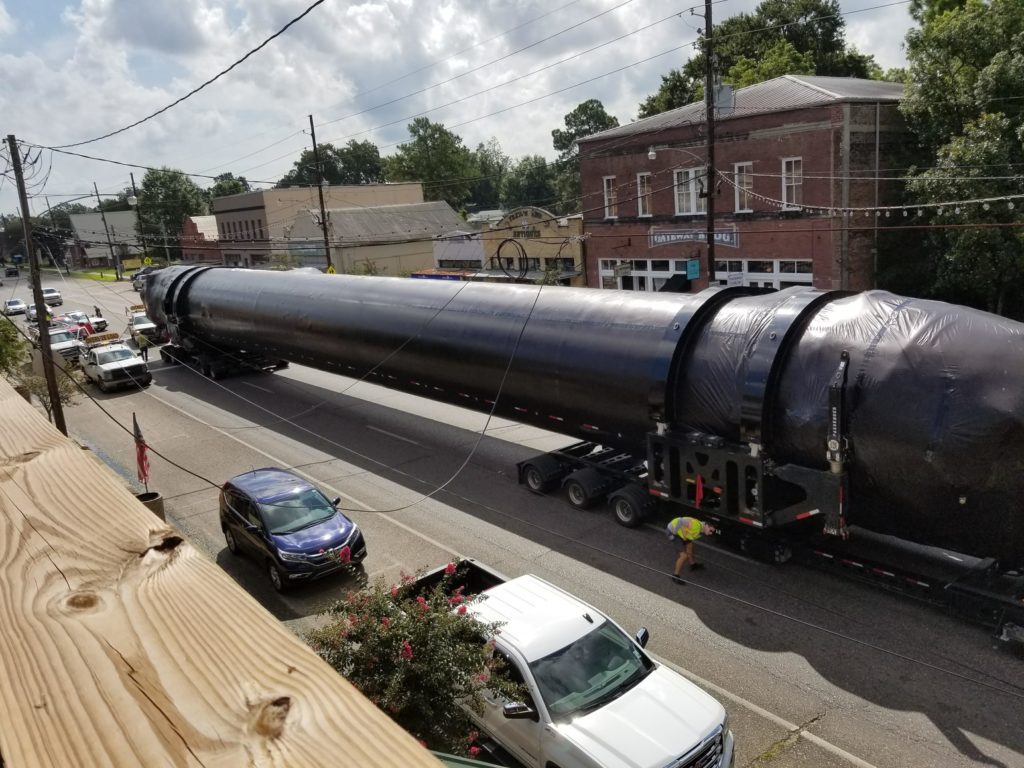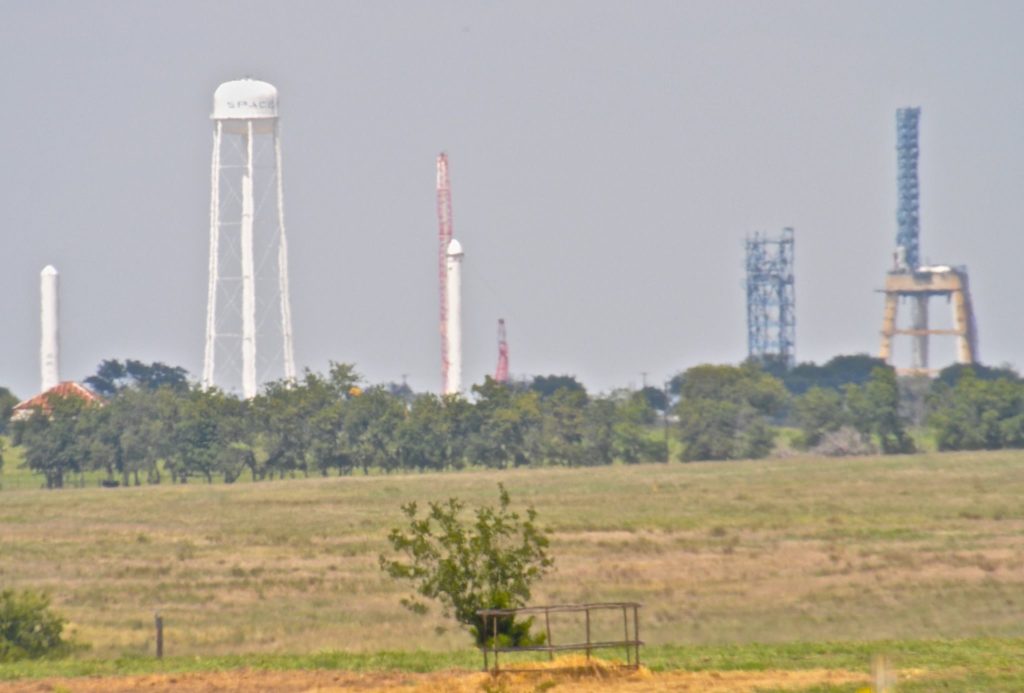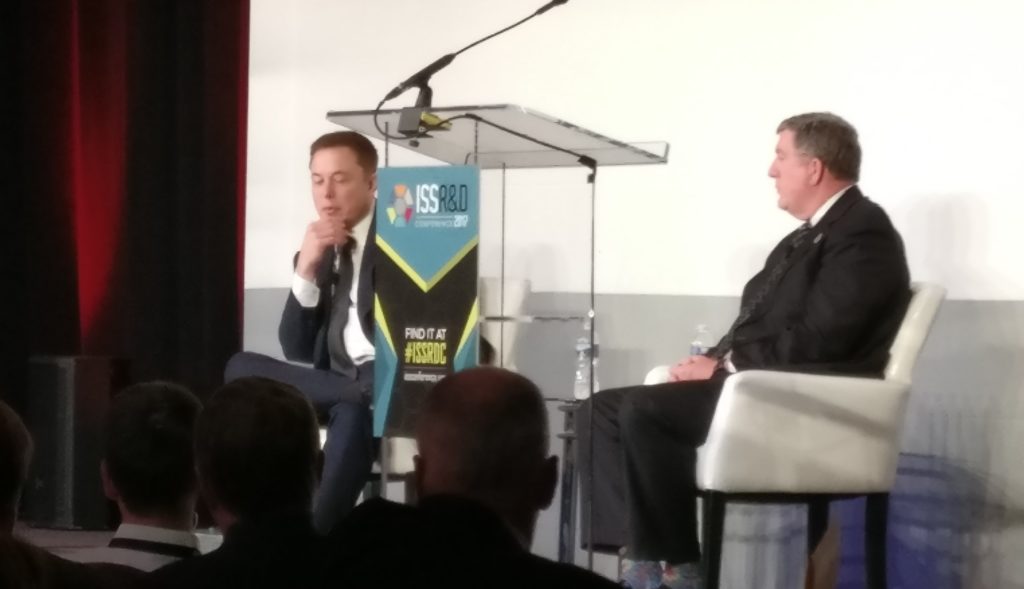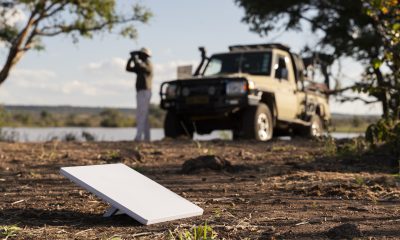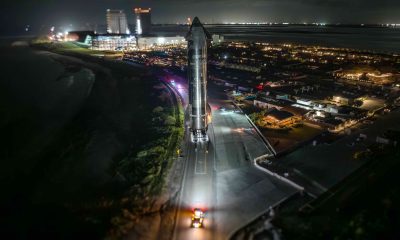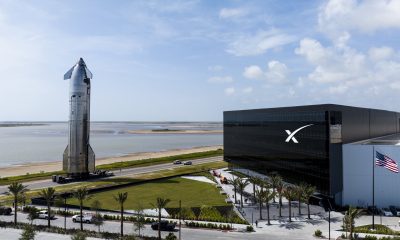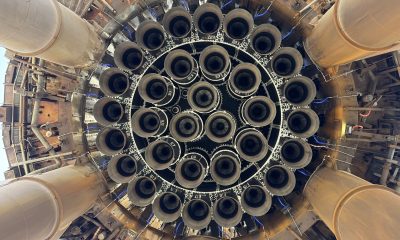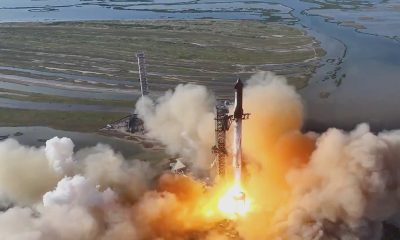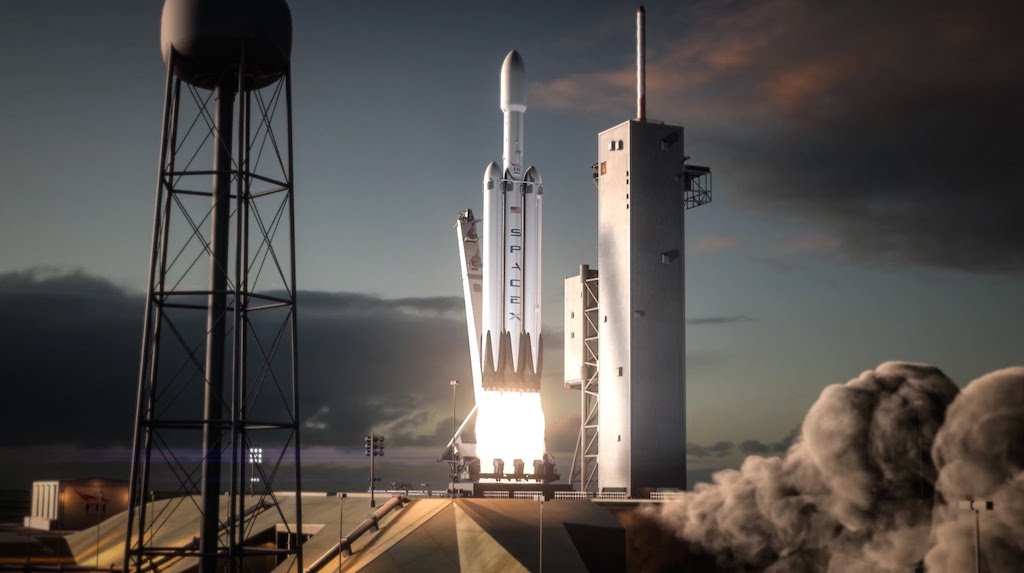
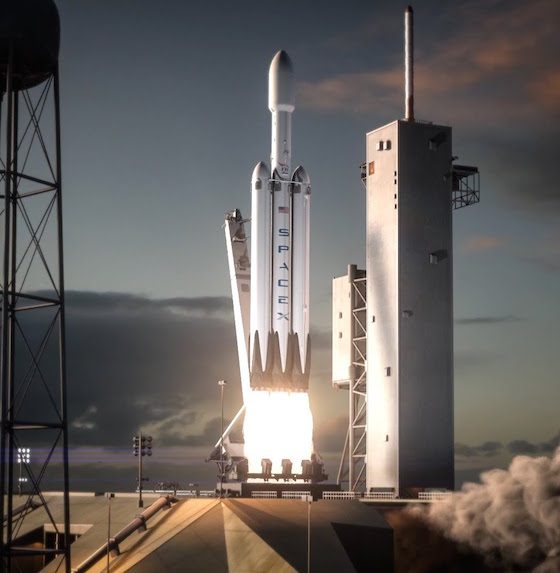
News
SpaceX’s Falcon Heavy tests continue in Texas, possible launch date revealed
After being tracked from Florida to Texas, a local observer near SpaceX’s McGregor, TX facilities spotted Falcon Heavy’s second side booster vertical on one of the area’s static fire test stands.
Posted to Facebook’s SpaceX group by Keith Wallace, a photo clearly shows the core’s distinctive nose cone, which takes the place of the interstage and improves the aerodynamic profile of the side boosters. The booster now on the stand in Texas is believed to be Core 1025, previously flown during the CRS-9 mission. The core has been modified significantly for its new role as a Falcon Heavy booster, largely in the form of strengthening structures, as well as the addition of the iconic nose cone and a connection interface that will allow it to attach to the center core.
- Falcon Heavy’s refurbished side core, spotted 8/21/17 in Louisiana by an observant fan. (reddit /u/neauxgeaux)
- Core 1025 spotted at SpaceX’s McGregor, TX facilities. (Facebook/Keith Wallace)
The other side booster, Core 1023, previously launched the Thaicom-8 geostationary communications satellite in 2016 and has since been refurbished, modified, and conducted two full duration static fires at the same facilities as 1025. The center core of Falcon Heavy was manufactured as a new vehicle in SpaceX’s Hawthorne, CA factory due to wide-ranging differences between its structure and the average Falcon 9 first stage.
Elon Musk made headlines when he put a significant damper on expectations for the Falcon Heavy’s inaugural launch, directly stating that he would deem the launch a success if it failed without destroying the launch pad. However, SpaceX President Gwynne Shotwell and Hans Koenigsmann, Vice President of Mission Assurance, both have made statements in the months since the conference indicating that SpaceX has considerably more confidence in the vehicle than Musk’s statements might suggest.
Coincidentally, a day before side booster #2 was spotted in Texas, a member of the Facebook group toured Kennedy Space Center Visitor Complex and noticed a launch calendar that suggested an inaugural launch date of November 28, 2017 for Falcon Heavy. The Visitor Complex is not run by NASA, so this date ought to be taken with many, many grains of salt. Regardless, with the final side booster now actively undergoing static fire testing ahead of being shipped back to Florida, Falcon Heavy is closer than it has ever been to being truly ready for launch. Several other big tasks lie ahead of SpaceX in order to prepare for the inaugural launch, mainly involving the reactivation of the launch pad LC-40 and subsequent modifications to LC-39A. Time will tell if the 28th of November is to become a historic day for the company.
Meanwhile, SpaceX continues to tackle its launch manifest at a seemingly routine pace of one launch every 14 or so days. Ahead of a launch currently scheduled for next Thursday, September 7, SpaceX has conducted static fire of the Falcon 9 first stage, this time the company’s East Coast launch pad, LC-39A. If all goes well, SpaceX will have the honor of sending a reusable spaceplane into orbit aboard its partially reusable Falcon 9, making for a truly appropriate pairing of payload and launch vehicle.
Static fire test complete—targeting Falcon 9 launch of OTV-5 from Pad 39A at @NASAKennedy on Thursday, September 7.
— SpaceX (@SpaceX) August 31, 2017
News
Nvidia CEO Jensen Huang regrets not investing more in Elon Musk’s xAI
The CEO stated that Nvidia is already an investor in xAI, but he wished he had given the artificial intelligence startup more money.
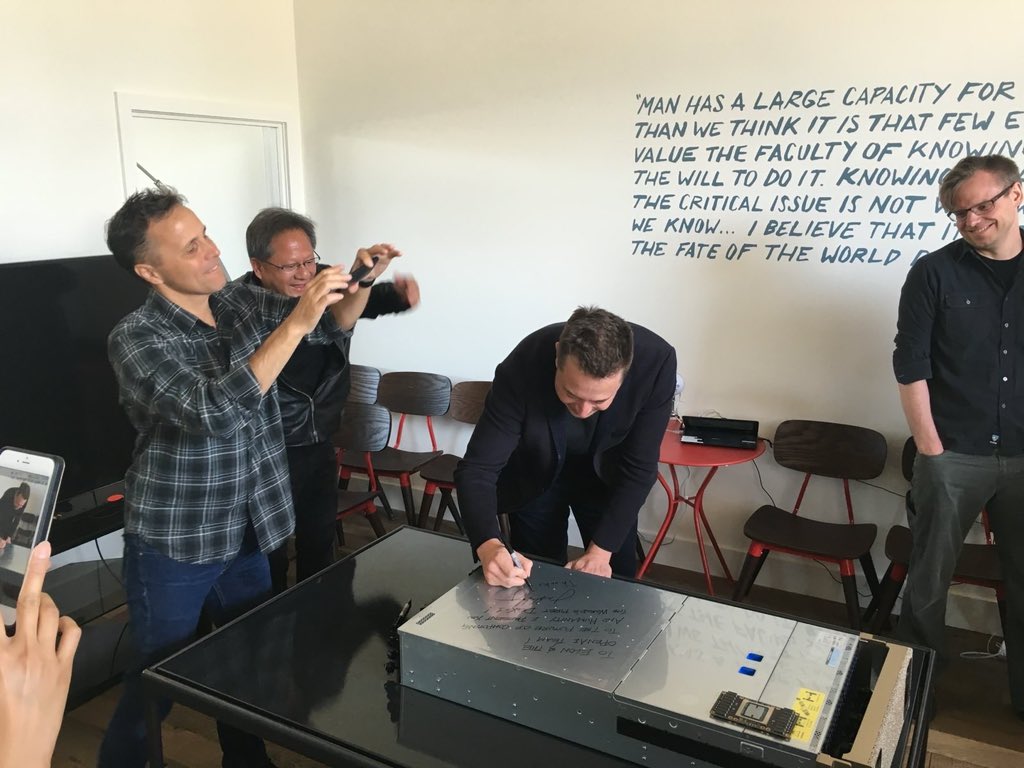
Nvidia CEO Jensen Huang revealed that one of his investment regrets is not putting more money into Elon Musk’s artificial intelligence startup, xAI.
Speaking in a CNBC interview, Huang said Nvidia is already an investor in xAI but wished he had given the artificial intelligence startup more money. This was due to Musk’s record of building transformative companies such as Tesla and SpaceX.
A new wave of transformative AI firms
Huang said he’s very excited about xAI’s latest financing round. He described Musk’s company as part of a powerful new generation of AI developers, alongside OpenAI and Anthropic. that are reshaping the computing landscape.
“I’m super excited about the financing opportunity they’re doing. The only regret I have about xAI, we’re an investor already, is that I didn’t give him more money. You know almost everything that Elon’s pat of, you really want to be part of as well,” the Nvidia CEO stated.
The CEO also clarified Nvidia’s investment in xAI, revealing that Elon Musk had offered the investment opportunity to the chipmaker. “He (Musk) gave us the opportunity to invest in xAI. I’m just delighted by that,” Huang stated.
AI investment boom
Huang contrasted today’s AI-driven economy with the early days of the internet. “Back then, all the internet companies combined were maybe $30 or $40 billion in size,” he said. “If you look at the hyperscalers now, that’s about $2.5 trillion of business already operating today.”
He also stated that the ongoing shift from CPU-based computing to GPU-powered generative AI represents a “multi-trillion-dollar buildout” that Nvidia is looking to support. Huang added that every Nvidia engineer now works with AI coding assistants such as Cursor, which he called his “favorite enterprise AI service,” and it has led to a major productivity boost across the company.
Watch Nvidia CEO Jensen Huang’s CNBC interview in the video below.
Investor's Corner
Stifel raises Tesla price target by 9.8% over FSD, Robotaxi advancements
Stifel also maintained a “Buy” rating for the electric vehicle maker.
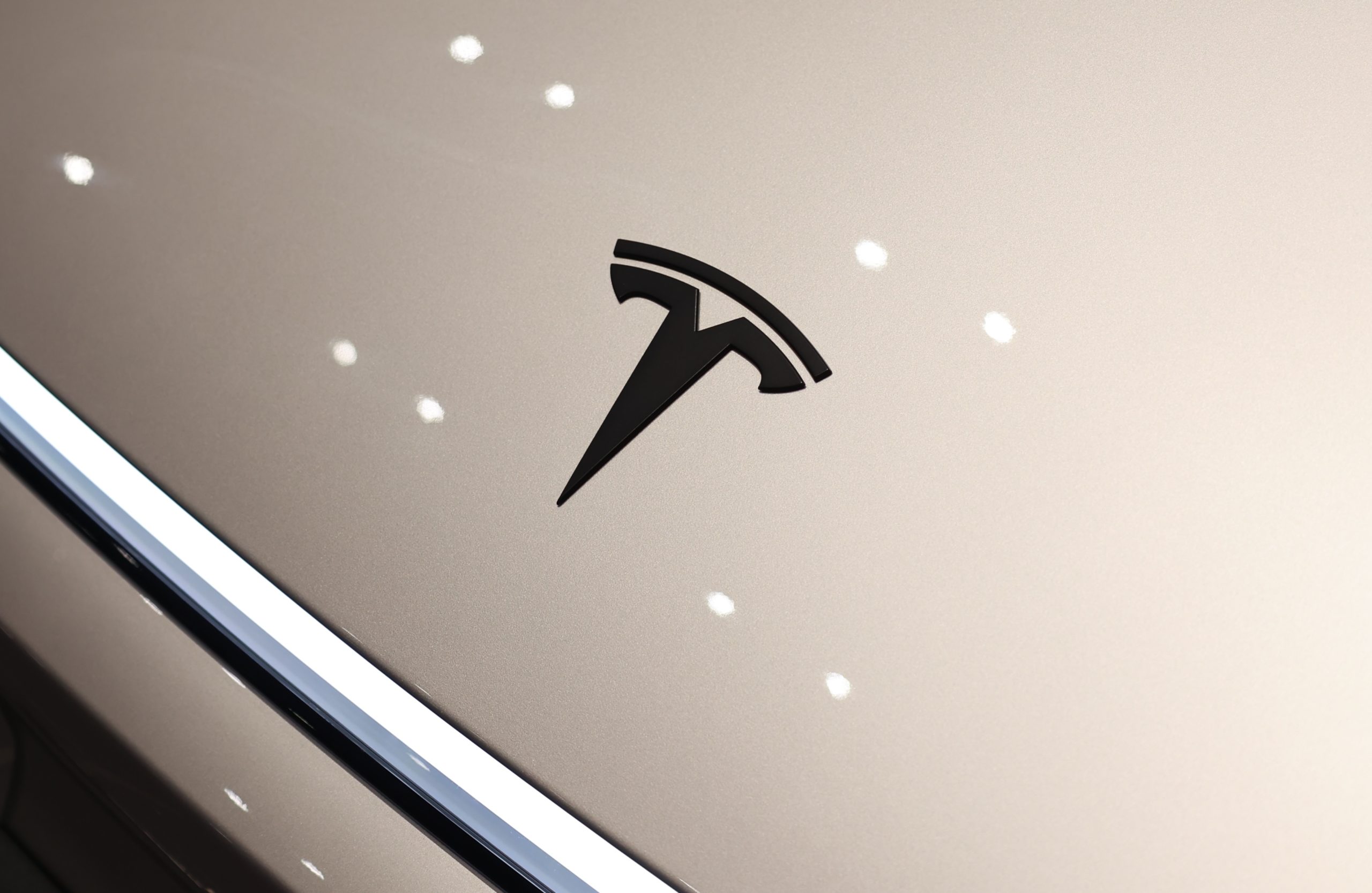
Investment firm Stifel has raised its price target for Tesla (NASDAQ:TSLA) shares to $483 from $440 over increased confidence in the company’s self-driving and Robotaxi programs. The new price target suggests an 11.5% upside from Tesla’s closing price on Tuesday.
Stifel also maintained a “Buy” rating despite acknowledging that Tesla’s timeline for fully unsupervised driving may be ambitious.
Building confidence
In a note to clients, Stifel stated that it believes “Tesla is making progress with modest advancements in its Robotaxi network and FSD,” as noted in a report from Investing.com. The firm expects unsupervised FSD to become available for personal use in the U.S. by the end of 2025, with a wider ride-hailing rollout potentially covering half of the U.S. population by year-end.
Stifel also noted that Tesla’s Robotaxi fleet could expand from “tiny to gigantic” within a short time frame, possibly making a material financial impact to the company by late 2026. The firm views Tesla’s vision-based approach to autonomy as central to this long-term growth, suggesting that continued advancements could unlock new revenue streams across both consumer and mobility sectors.
Tesla’s FSD goals still ambitious
While Stifel’s tone remains optimistic, the firm’s analysts acknowledged that Tesla’s aggressive autonomy timeline may face execution challenges. The note described the 2025 unsupervised FSD target as “a stretch,” though still achievable in the medium term.
“We believe Tesla is making progress with modest advancements in its Robotaxi network and FSD. The company has high expectations for its camera-based approach including; 1) Unsupervised FSD to be available for personal use in the United States by year-end 2025, which appears to be a stretch but seems more likely in the medium term; 2) that it will ‘probably have ride hailing in probably half of the populations of the U.S. by the end of the year’,” the firm noted.
News
Tesla Cybertruck’s Full Self-Driving update is ‘coming soon’
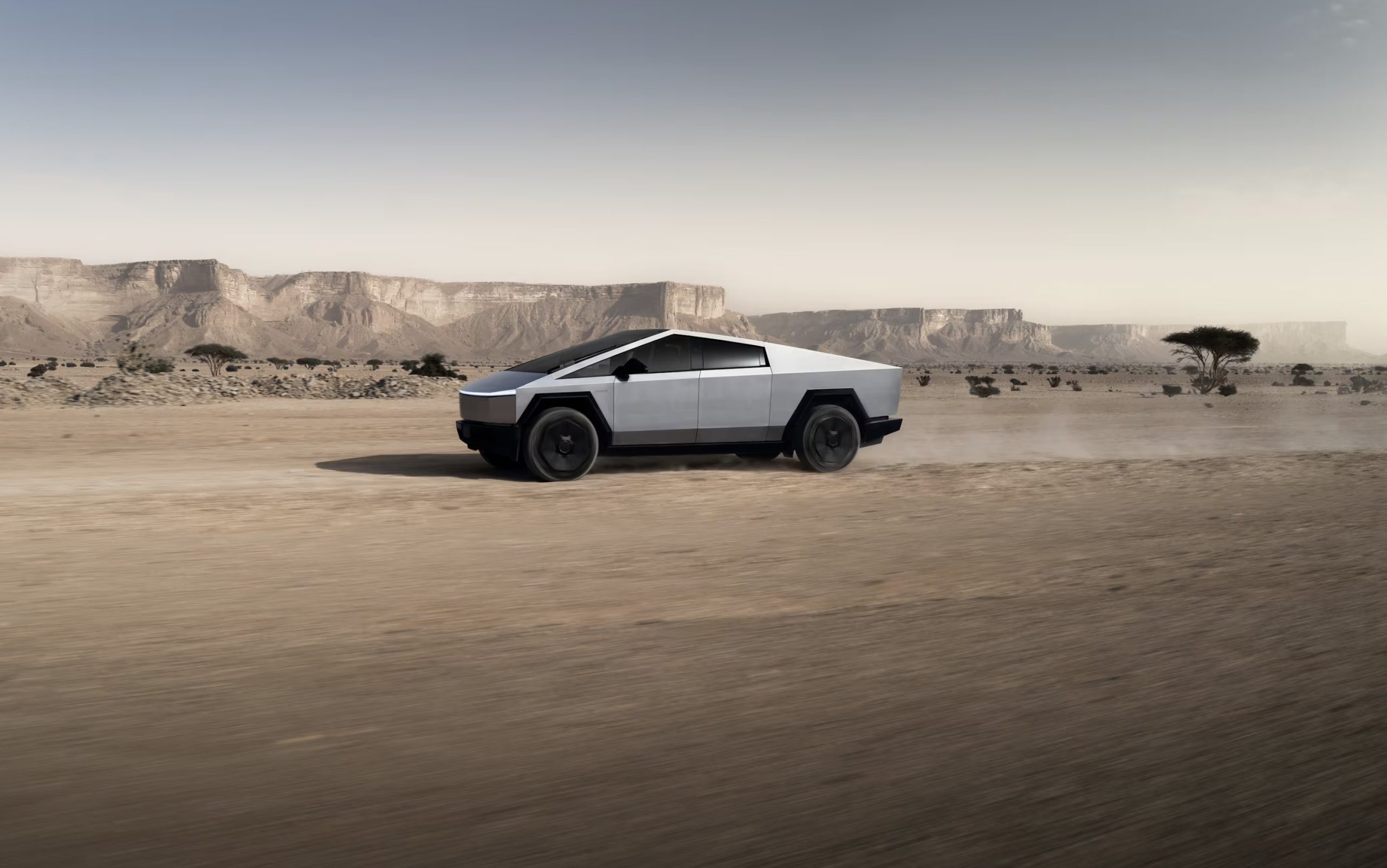
Tesla Cybertruck owners are wondering when they will get access to the company’s Full Self-Driving version 14.1 that rolled out to other owners today for the first time.
Cybertruck owners typically receive Full Self-Driving updates slightly later than other drivers, as the process for the all-electric pickup is different. It is a larger vehicle that requires some additional attention from Tesla before FSD versions are rolled out, so they will be slightly delayed. CEO Elon Musk said the all-wheel steering technically requires a bit more attention before rollout as well.
The all-wheel steering of Cybertruck requires a bit more Autopilot training
— Elon Musk (@elonmusk) October 7, 2025
After some owners got access to the v14.1 Full Self-Driving suite this morning, Cybertruck owners sought out a potential timeframe for when they would be able to experience things for themselves.
Tesla owners show off improvements with new Full Self-Driving v14 rollout
They were able to get an answer from Ashok Elluswamy, Tesla’s Head of AI, who said:
“We got you. Coming soon.”
We got you. Coming soon.
— Ashok Elluswamy (@aelluswamy) October 7, 2025
The release of FSD v14.1 for Cybertruck will not be tempered, either. Elluswamy then confirmed that Tesla would be rolling out the full-featured FSD v14 for the pickup, meaning it would be able to reverse and park itself, among other features.
Elluswamy said it would be capable of these features, which were void in other FSD releases for Cybertruck in the past.
Tesla’s rollout of FSD v14.1 brings several extremely notable changes and improvements to the suite, including more refined operation in parking garages, a new ability to choose parking preferences upon arriving at your destination, a new driving mode called “Sloth,” which is even more reserved than “Chill,” and general operational improvements.
Those who were lucky enough to receive the suite have already started showing off the improvements, and they definitely seem to be a step up from what v13’s more recent versions were capable of.
CEO Elon Musk called v14 “sentient” a few weeks back, and it seems that it is moving toward that. However, he did state that additional releases with more capabilities would be available in the coming weeks, but many owners are still waiting for this first version.
-

 Elon Musk2 weeks ago
Elon Musk2 weeks agoTesla FSD V14 set for early wide release next week: Elon Musk
-
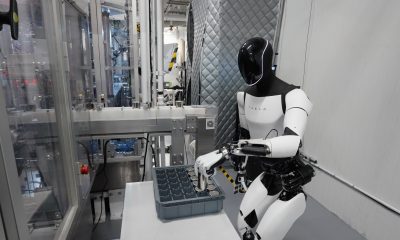
 News2 weeks ago
News2 weeks agoElon Musk gives update on Tesla Optimus progress
-
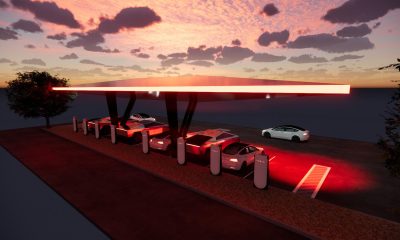
 News2 weeks ago
News2 weeks agoTesla has a new first with its Supercharger network
-
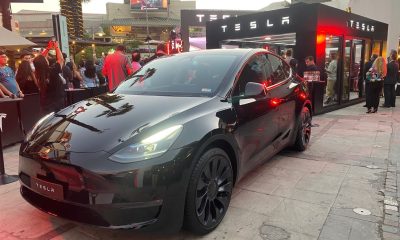
 News2 weeks ago
News2 weeks agoTesla job postings seem to show next surprise market entry
-
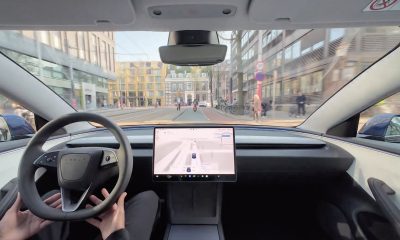
 Investor's Corner2 weeks ago
Investor's Corner2 weeks agoTesla gets new Street-high price target with high hopes for autonomy domination
-

 Lifestyle1 week ago
Lifestyle1 week ago500-mile test proves why Tesla Model Y still humiliates rivals in Europe
-
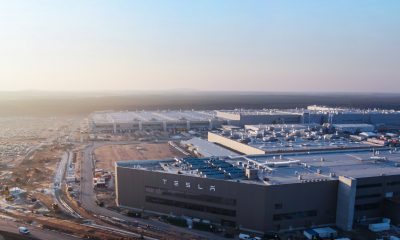
 News1 week ago
News1 week agoTesla Giga Berlin’s water consumption has achieved the unthinkable
-
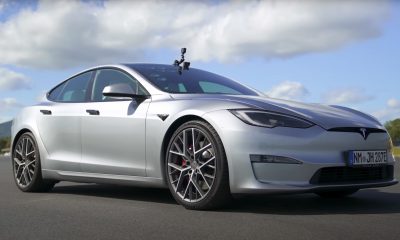
 Lifestyle1 week ago
Lifestyle1 week agoTesla Model S Plaid battles China’s 1500 hp monster Nurburgring monster, with surprising results

